Use this guide to create a nursing care plan and interventions for hypothermia and cold injuries, addressing the unique needs of each patient and promoting recovery. Get to know the nursing assessment, diagnosis, and interventions for caring for patients with hypothermia and cold injuries.
What is Hypothermia?
Normal body temperature is around 37 °C (98.6 °F). Hypothermia occurs as the body temperature falls lower than normal; usually below 35 °C (95 °F). Hypothermia occurs when the body fails to produce heat during metabolic processes, in cells that support vital body functions. Most heat is lost from the skin’s surface through convection, conduction, radiation, and evaporation. When the body temperature drops, the heart, nervous system, and other organs can’t work normally leading to complete failure of the heart and respiratory system and eventually to death.
Cold injuries, also known as cold-related injuries or cold-induced injuries, refer to tissue damage that occurs due to prolonged exposure to cold temperatures. These injuries can range from mild conditions like frostnip to more severe conditions like frostbite and hypothermia. Cold injuries occur when the body’s tissues are exposed to extreme cold, leading to reduced blood flow, cellular damage, and potential long-term consequences if left untreated.
Signs and Symptoms
Multiple factors can contribute to the development of hypothermia or cold injuries, making it crucial to implement preventive measures such as wearing appropriate clothing, seeking shelter, and being aware of environmental conditions to reduce the risk of cold-related harm.
- Exposure to cold environments. Prolonged exposure to cold temperatures, especially in extreme weather conditions, can cause the body to lose heat faster than it can generate, leading to hypothermia or cold injuries.
- Inadequate clothing or insulation. Insufficient or inappropriate clothing that fails to provide adequate protection against the cold can increase the risk of cold injuries. When the body is not properly insulated, heat loss occurs more rapidly.
- Immersion in cold water. Immersion in cold water can rapidly cause body heat to dissipate, leading to a higher risk of hypothermia. Water conducts heat away from the body much faster than air, making immersion in cold water particularly dangerous.
- Cold injuries in high-altitude environments. At high altitudes, the air is generally colder and thinner, making individuals more susceptible to cold injuries. Cold temperatures combined with decreased oxygen levels can impair the body’s ability to regulate temperature effectively.
- Medical conditions and medications. Certain medical conditions, such as hypothyroidism or diabetes, can impair the body’s ability to regulate temperature and increase the risk of cold injuries. Some medications, such as beta-blockers or antipsychotics, may also interfere with normal thermoregulation.
- Alcohol or drug use. Alcohol consumption and drug use can impair judgment, impair the body’s ability to perceive cold, and affect thermoregulation, increasing the risk of cold injuries.
- Aging and diminished physical capabilities. Older adults, infants, and individuals with reduced physical capabilities may have difficulty generating and maintaining body heat, putting them at higher risk of hypothermia or cold injuries.
Nursing Diagnosis
After thorough assessment, nursing diagnoses are formulated to address the challenges of hypothermia and cold injuries, guided by the nurse’s clinical judgment and understanding of the patient’s unique condition. While nursing diagnoses help organize care, their use may vary across clinical settings. Ultimately, the nurse’s expertise and judgment shape the care plan to prioritize each patient’s needs. Here are examples of nursing diagnoses that may be useful for common concerns associated with hypothermia and cold injuries:
- Hypothermia related to environmental exposure as evidenced by core temperature of 34°C (93.2°F), shivering, and pale, cool skin.
- Risk for Impaired Skin Integrity as evidenced by exposure to cold temperatures, with skin appearing pale and cold to touch.
- Ineffective Peripheral Tissue Perfusion related to cold-induced vasoconstriction as evidenced by delayed capillary refill, cyanosis in extremities, and diminished peripheral pulses.
- Impaired Thermoregulation related to inability to maintain adequate body heat in a cold environment as evidenced by decreased core temperature, confusion, and poor judgment in seeking shelter.
- Acute Confusion related to decreased core temperature as evidenced by disorientation, slowed response time, and inability to recognize cold-related risks.
Goals and Outcomes
Here are the common goals and expected outcomes for patients with hypothermia:
- The patient’s core body temperature will be restored to within the normal range, as evidenced by a temperature reading of 36.5-37.5°C (97.7-99.5°F), within [specified time frame].
- The patient will maintain adequate peripheral circulation, as evidenced by palpable peripheral pulses and normal capillary refill time of less than 3 seconds.
- The patient will demonstrate understanding of preventive measures to avoid future episodes of hypothermia, as evidenced by verbalization of appropriate clothing choices, shelter-seeking behaviors, and knowledge of environmental risks.
Nursing Assessment and Rationales
To effectively manage hypothermia, conduct a comprehensive assessment including core body temperature, vital signs, mental status, skin condition, hydration status, shivering response, potential cold-related injuries, and detailed history, while evaluating the patient’s overall physical condition.
1. Assess for precipitating situations and risk factors.
Causative factors guide the appropriate treatment. Older patients have a decreased metabolic rate and reduced shivering response; therefore the effects of cold may not be immediately manifested.
2. Note and monitor the patient’s temperature.
For alert patients, the oral temperature is regarded as more reliable than tympanic or axillary. For hypothermic patients, the core temperature can be monitored using a temperature-sensitive pulmonary artery catheter or bladder catheter.
3. Monitor the patient’s HR, heart rhythm, and BP.
HR and BP drop as hypothermia progresses. Moderate to severe hypothermia increases the risk for ventricular fibrillation, along with other dysrhythmias.
4. Evaluate the patient for drug abuse use, including antipsychotics, opioids, and alcohol.
These groups of drugs contribute to vasodilation and heat loss.
5. Evaluate the patient’s nutrition and weight.
Poor nutrition contributes to decreased energy reserves and restricts the body’s ability to generate heat by caloric consumption.
6. Assess the patient’s peripheral perfusion at frequent intervals.
Hypothermia initially precipitates peripheral vascular constriction as a compensatory mechanism to minimize heat loss from extremities. The patient’s skin will look pale and cool to the touch with a delayed capillary refill. As hypothermia advances, vasodilation transpires, furthering heat loss. The patient’s skin becomes warm and less pale. The patient may start to remove clothing and bed covers.
7. Monitor fluid intake and urine output (and/or central venous pressure).
Decreased output may indicate dehydration or poor renal perfusion. Avoid fluid overload to prevent pulmonary edema, pneumonia, and taxing an already compromised cardiac and renal status.
8. Check for electrolytes, arterial blood gases, and oxygen saturation by pulse oximetry.
Acidosis may emerge from hypoventilation and hypoxia.
9. Evaluate for the presence of frostbite, if the patient has had prolonged exposure to a cold environment.
Severe hypothermia generates ice crystals to form inside cells. The cells eventually burst and die.
10. Assess the patient’s readiness to reach a toileting facility, both independently and with assistance.
This allows the nurse to plan for assistance.
11. Assess the patient’s typical pattern of urination and occurrence of incontinence.
This information is the source for an individualized toileting program.
Nursing Interventions and Rationales
Nursing interventions for patients with hypothermia include gradual rewarming techniques, active and passive external rewarming, monitoring vital signs, providing warm fluids and nutrition, managing shivering, preventing further heat loss, collaborating with the healthcare team, educating the patient and family, and continuous reassessment and monitoring. These interventions aim to raise the patient’s core temperature, maintain hemodynamic stability, prevent complications, and promote recovery. The following are the therapeutic nursing interventions for patients with hypothermia:
1. Regulate the environment temperature or relocate the patient to a warmer setting. Keep the patient and linens dry.
These methods provide for a more gradual warming of the body. Rapid warming can induce ventricular fibrillation. Moisture promotes evaporative heat loss.
2. Control the heat source according to the patient’s physical response.
Body temperature should be raised no more than a few degrees per hour. Vasodilation occurs as the patient’s core temperature increases leading to a decrease in BP. Hypotension, metabolic acidosis, and dysrhythmias are complications of rewarming.
3. Give extra covering (passive warming), such as clothing and blankets; cover postoperative patients with heat-retaining blankets.
Warm blankets provide a passive method for rewarming.
4. Provide warmed fluids such as tea or soup for alert patients.
Warm fluids produce a heat source.
5. Provide extra heat source:
- Heat lamp, radiant warmer
- Warming pads, mattresses, or blankets
- Submersion in a warm bath
- Heated, moisturized oxygen
- Warmed intravenous fluids or lavage fluids
These measures raise the core temperature and improve circulation. Core warming is indicated when body temperature is below 30 °C (86 °F).
6. Avoid manually rubbing, scrubbing, or massaging areas of frostbite.
Rubbing can further damage frozen tissue.
7. Administer oxygen as indicated.
Providing oxygenation to patients with hypothermia can help to maintain adequate oxygen levels in the blood, avoid further complications, and support the body’s overall function during the hypothermic state.
8. Explain all procedures and treatments to the patient and SO.
Repeated explanations are needed to avoid confusion.
Recommended Resources
Recommended nursing diagnosis and nursing care plan books and resources.
Disclosure: Included below are affiliate links from Amazon at no additional cost from you. We may earn a small commission from your purchase. For more information, check out our privacy policy.
Ackley and Ladwig’s Nursing Diagnosis Handbook: An Evidence-Based Guide to Planning Care
We love this book because of its evidence-based approach to nursing interventions. This care plan handbook uses an easy, three-step system to guide you through client assessment, nursing diagnosis, and care planning. Includes step-by-step instructions showing how to implement care and evaluate outcomes, and help you build skills in diagnostic reasoning and critical thinking.

Nursing Care Plans – Nursing Diagnosis & Intervention (10th Edition)
Includes over two hundred care plans that reflect the most recent evidence-based guidelines. New to this edition are ICNP diagnoses, care plans on LGBTQ health issues, and on electrolytes and acid-base balance.

Nurse’s Pocket Guide: Diagnoses, Prioritized Interventions, and Rationales
Quick-reference tool includes all you need to identify the correct diagnoses for efficient patient care planning. The sixteenth edition includes the most recent nursing diagnoses and interventions and an alphabetized listing of nursing diagnoses covering more than 400 disorders.

Nursing Diagnosis Manual: Planning, Individualizing, and Documenting Client Care
Identify interventions to plan, individualize, and document care for more than 800 diseases and disorders. Only in the Nursing Diagnosis Manual will you find for each diagnosis subjectively and objectively – sample clinical applications, prioritized action/interventions with rationales – a documentation section, and much more!

All-in-One Nursing Care Planning Resource – E-Book: Medical-Surgical, Pediatric, Maternity, and Psychiatric-Mental Health
Includes over 100 care plans for medical-surgical, maternity/OB, pediatrics, and psychiatric and mental health. Interprofessional “patient problems” focus familiarizes you with how to speak to patients.

See also
Other recommended site resources for this nursing care plan:
- Nursing Care Plans (NCP): Ultimate Guide and Database MUST READ!
Over 150+ nursing care plans for different diseases and conditions. Includes our easy-to-follow guide on how to create nursing care plans from scratch. - Nursing Diagnosis Guide and List: All You Need to Know to Master Diagnosing
Our comprehensive guide on how to create and write diagnostic labels. Includes detailed nursing care plan guides for common nursing diagnostic labels.

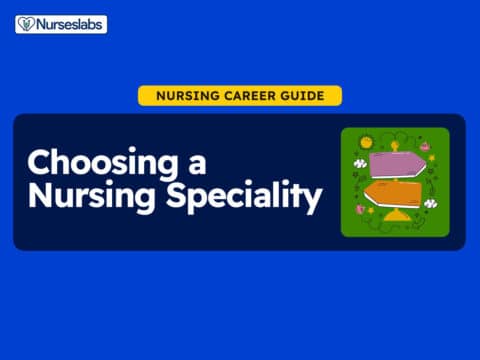
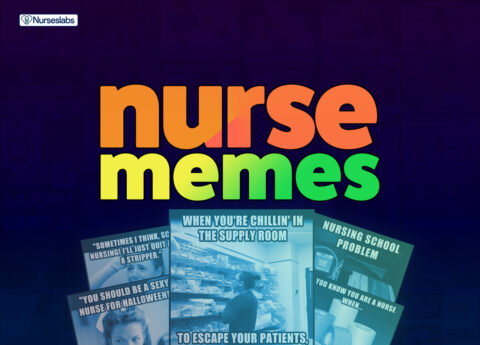
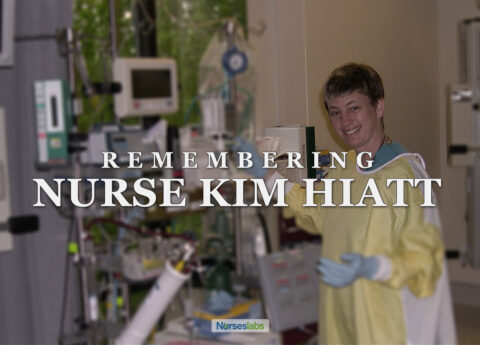

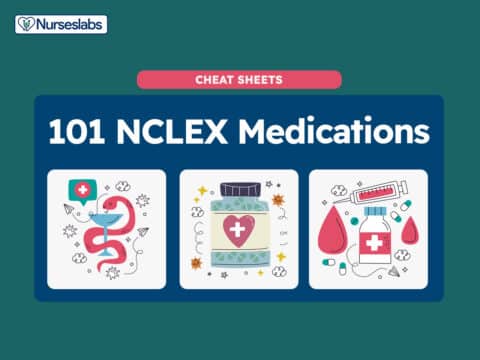










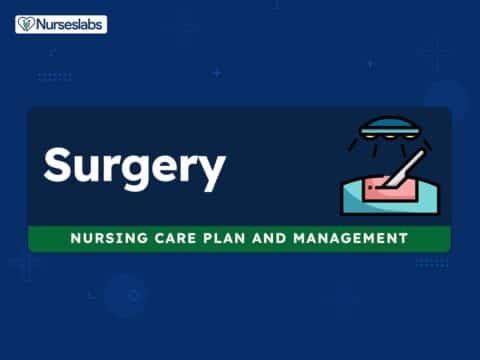

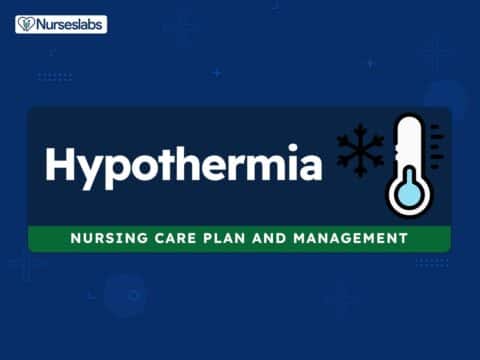
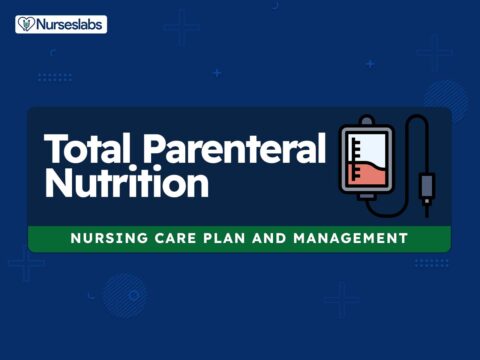
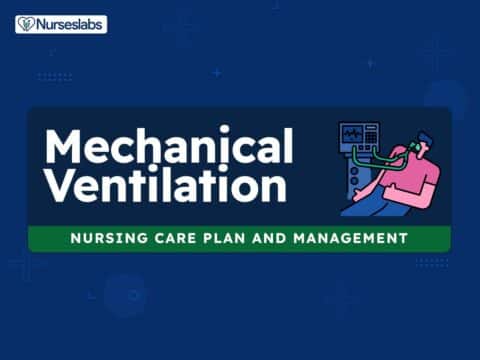
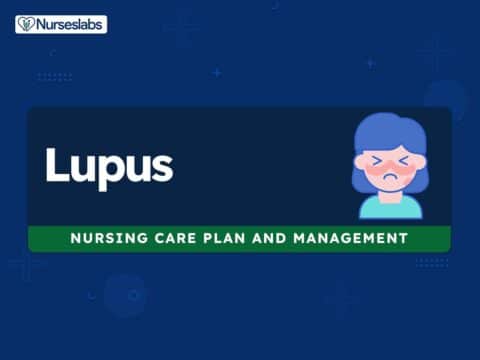

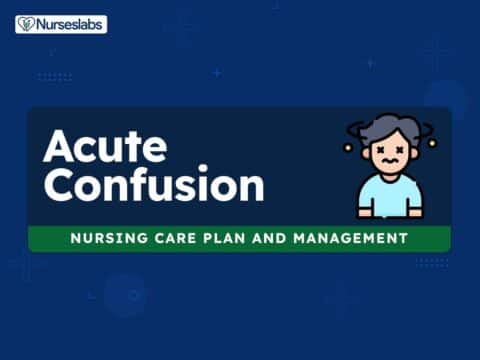



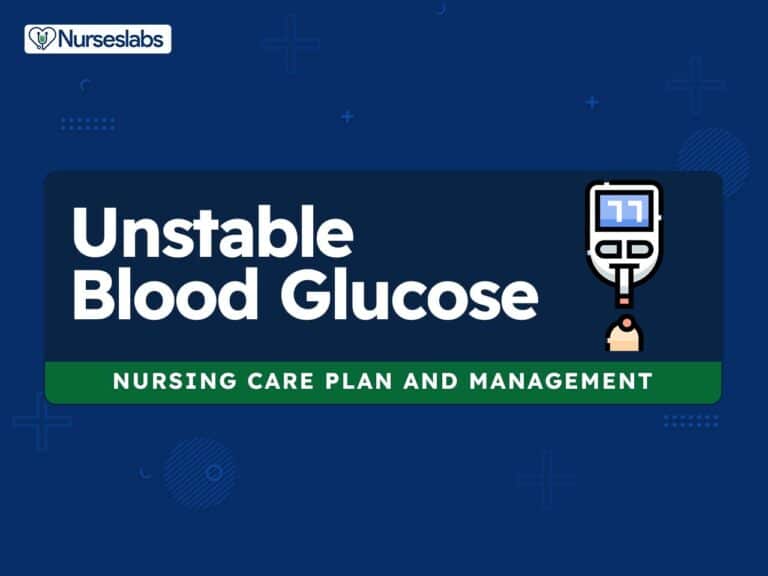



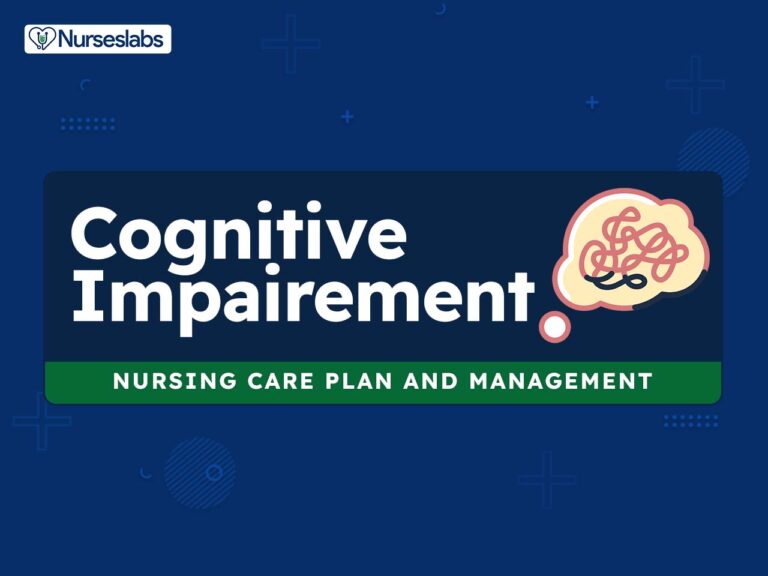
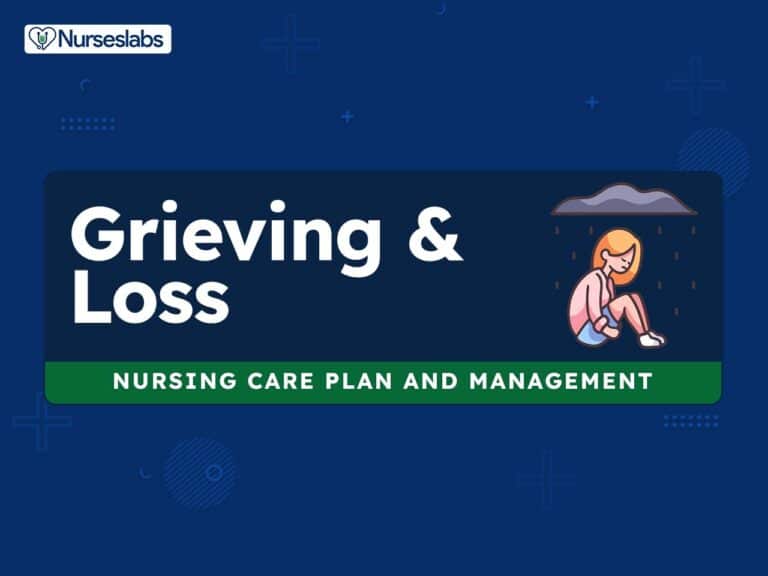
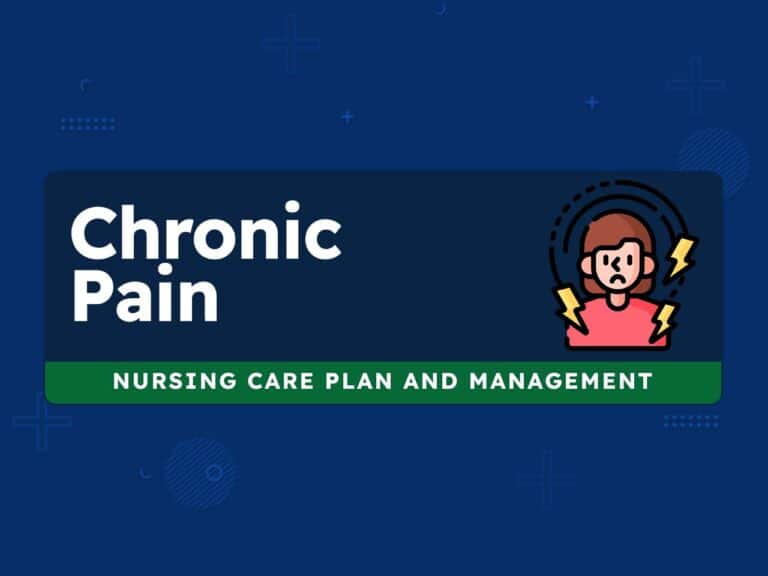
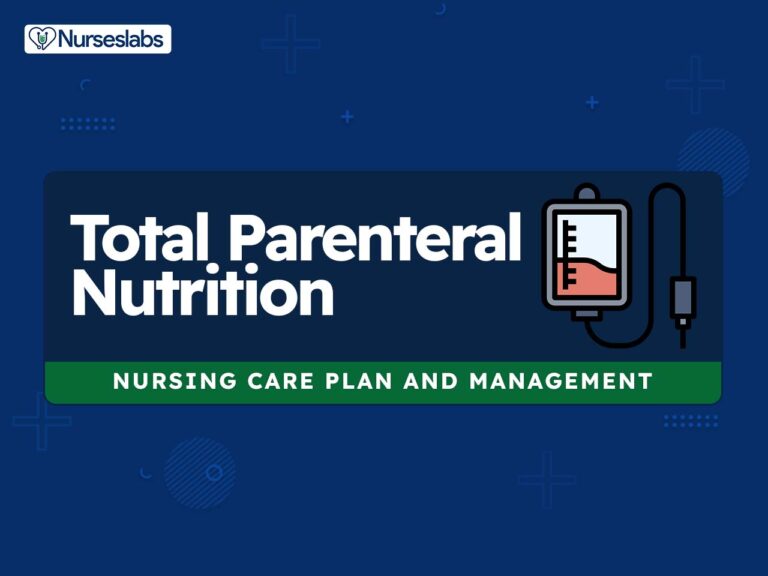
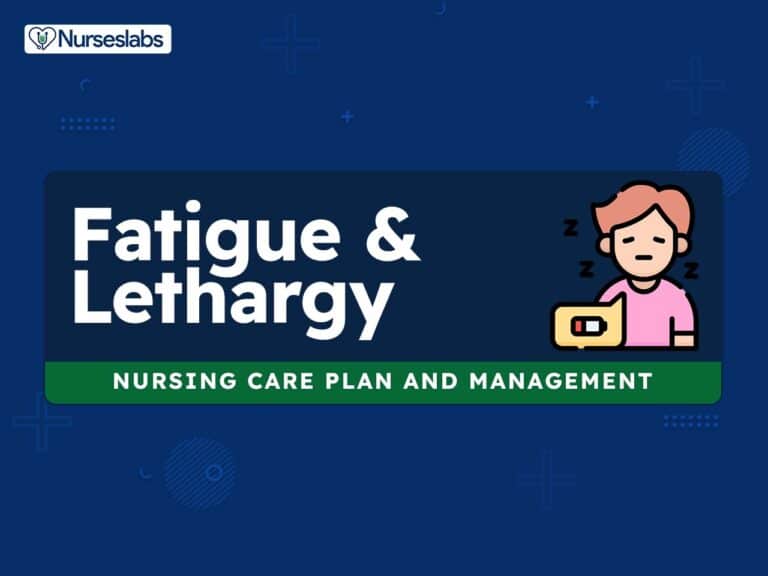
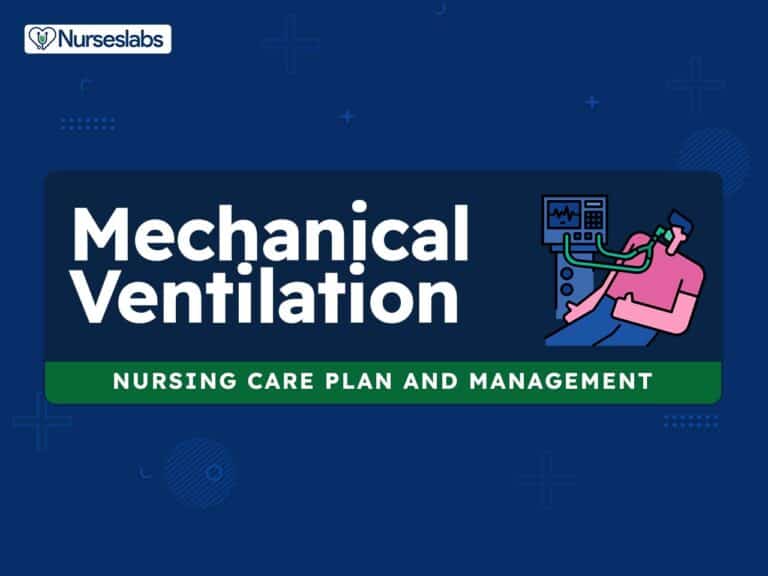
Leave a Comment